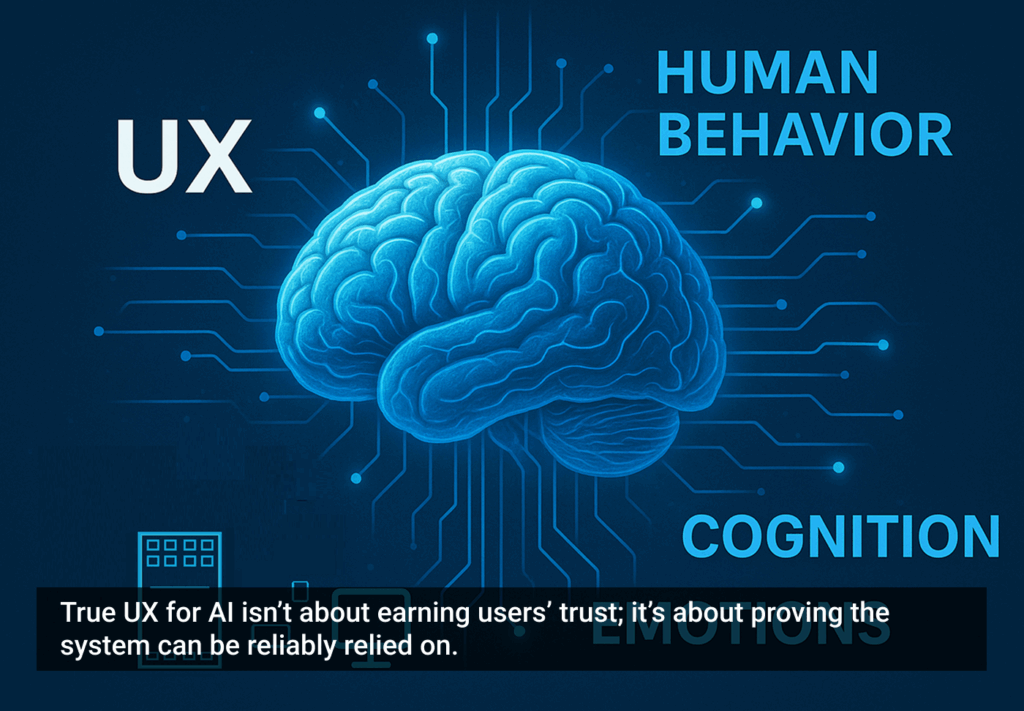Image by Storytale
Since ancient times, stories have been a useful tool to connect and convey human culture. People who were merchants, adventurers, transporters, hunters, and people with different professions passed on their journeys, experiencing stories over the campfire and liquor glasses at night. To reduce loneliness on the way of adventure while ensuring that there were still legacies if something happened.

Photo by Lee yan on Unsplash
More than that, storytelling is also one of the abilities that help us survive and climb up the top of the food chain. Not the fangs, sharp claws, incredible strength, or superior speed, man’s evolutionary advantage was its ability to solve problems. And humans are even more powerful when matters are solved in groups. Thus, the stories will help connect the facts, create shared goals, and inspire the team.
We spend a lot of time and effort doing creative work to turn our thoughts into visible things. Powered by passion, designers can create great stories but often forget investing in telling them and then regret seeing them fade away.
“But I don’t have to tell a story. Let my design speak for itself.”
I used to be like that, and there’s nothing wrong with this thought. But after many years at work, been through many flops, I realized I had to learn how to tell stories for a few reasons.
Storytelling thinking helps design stand out.
We create products with a desire to give our users a great experience. Therefore we need to discover their story, turn our products into a positive point within it. Many restaurants have to close during the pandemic due to the mandatory social distancing, so we have had to order food home. With a variety list of dishes and fast delivery, Uber Eats has become a positive point in the story of the epidemic season.

Photo by Mak on Unsplash
Through storytelling, we can put ourselves in other people’s shoes. And when we can understand what they’re going through, empathy emerges.
Design is like storytelling. If it’s not properly understood, it’s a design that cannot work.
A design with a good story is an attractive one.
- Storytelling can be applied to ideas, layouts and makes the products “sell” easily.
- People are not rational as they think. Customers or decision-makers in projects are not as well. Amid tough choices, they make emotional decisions. And the sentiment is often determined by their feelings for the product.
Back to the old day’s story. Over time, the storytellers gradually learned how to arrange the story in suitable structures, changing expressions, lines, and sometimes adding fantasy elements to increase the drama.
Listeners are more drawn to stories with similar characters — or traits that they can relate to. We, when hearing such stories, will let our imagination soar. We are thrilled when the story climaxes, satisfied with a stunning ending. It can be said that good stories will lead the audience’s emotions.
So how do we tell stories?
Starting to practice this skill is not difficult because writing tasks from schools already gave us a foundation. The next thing to do is apply in each specific context, with the legendary structure: Introduction, Body, Conclusion.
- Introduction: Define the work context: why it matters, what problems need to be solved, etc. These should be repeated at the beginning of a new phase of the project.
- Body: Propose solutions: what is your design based on the aforementioned introduction, what information can be shown, and what cannot be solved. Each solution’s advantages and limitations need to be clearly stated to make a decision easier.
- Conclusion: Answer the question: How successful will this solution be? (or how will it be applied in the future?). This will be the time to put the solution into context (like we often put a logo mockup on the product.)
You can refer to a few more structures here.
Perhaps when designing, we don’t have to create the whole story, and we’re not sure that we are the storytellers. But only you are the best person to tell the story you make when the opportunity arises.
So tell it impressively!








